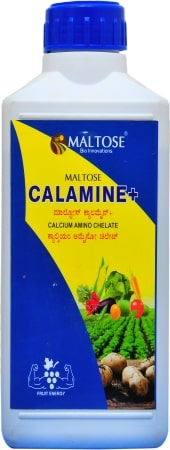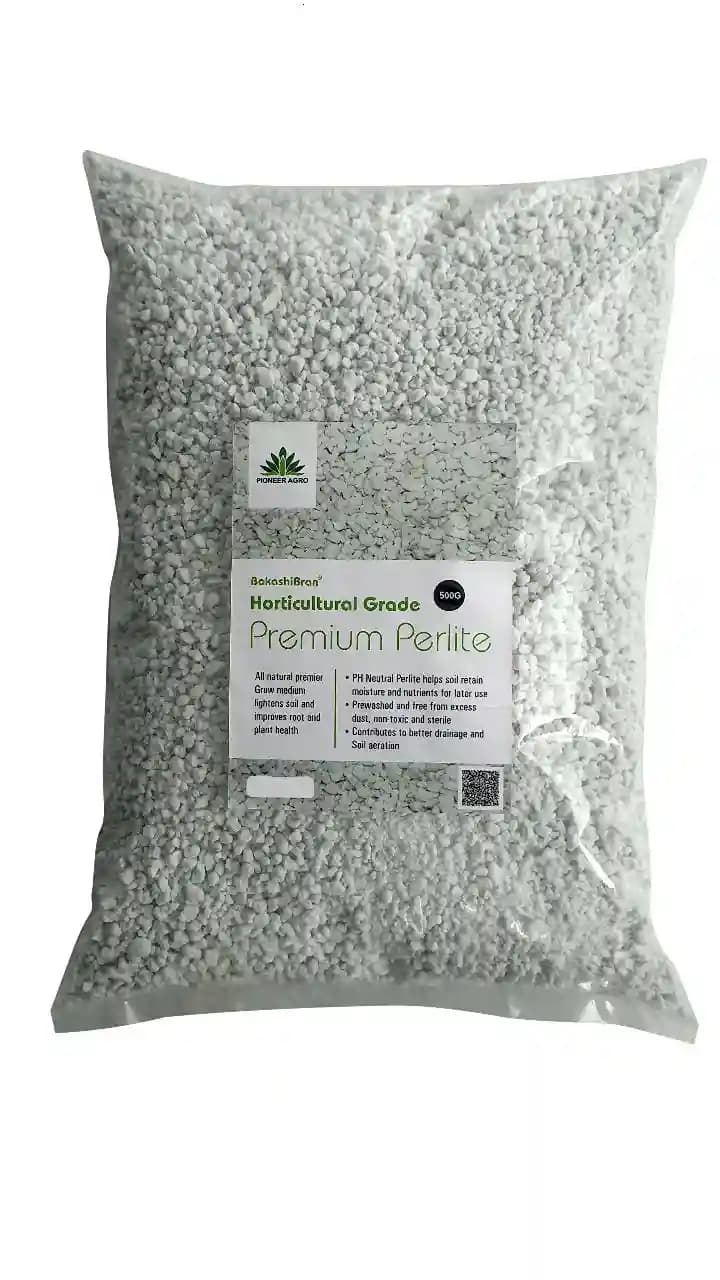
CALAMINE + Is a High Content of Amino Chelated Calcium Which Prevents and Cures Deficiency Symptoms of Calcium
3% Off


| Brand: | Pioneer Agro Industry |
| Product Code: | 1915 |
| Country of Origin: | India |
| Category: | Gardening |
| Sub Category: | Fertilizer Blend |
No reviews yet. Be the first to review this product!